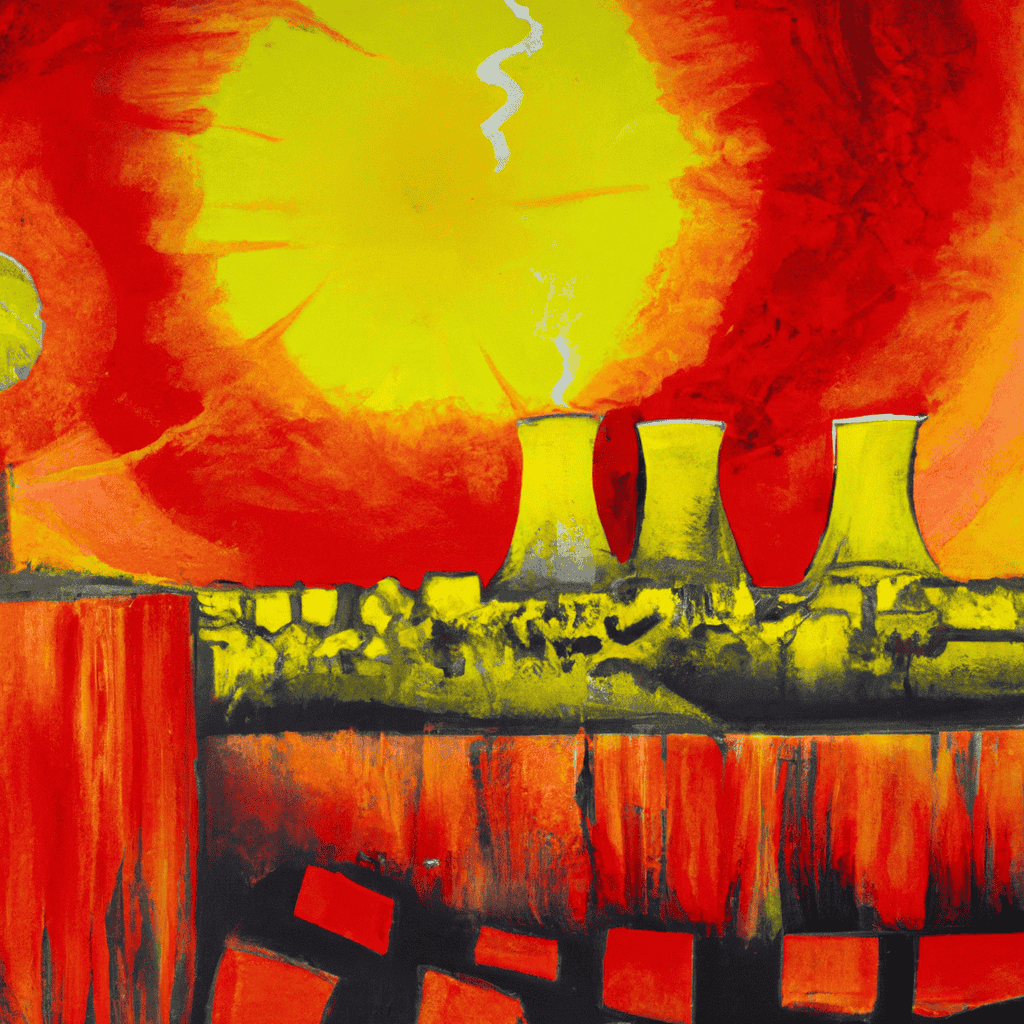
Nuclear meltdown
17 Oct 2006 - Bruno Prior
Back in the 70s, government picked a real winner: nuclear power. It was going to produce, they promised, power "too cheap to meter".
We know how that turned out. Rather than being too cheap to meter, nuclear turned out to be first too risky to privatise, and subsequently too expensive to run. Post-liberalisation, British Energy had to be baled out when it was revealed that they couldn't even cover their running costs, let alone their vast capital, risk, waste disposal and decommissioning costs at the prices delivered in a competitive market.
With higher fossil-fuel prices (and a large slug of taxpayers' money), nuclear can once again cover its running costs at market prices. Don't ask about waste disposal, risk and decommissioning, though, at least not if you want to be friends with our nuclear-convert Prime Minister.
But we might have to think about the decommissioning costs sooner than some had hoped. Our nuclear facilities are falling apart. Not only has Sellafield been fined for a leak of 83,000 litres of radioactive acid (containing 20 tonnes of uranium and 160kg of plutonium) that went undetected for 8 months, but cracks have been discovered in pipes at so many of British Energy's power stations that several are shutdown completely and only one is currently running at full output. British Energy is unable to guarantee any level of performance through the winter, threatening the possibility of blackouts.
Many of these power stations are living on borrowed time. The Government hoped that their lives could be extended to allow more time for replacement power stations to be built, having sent such confused messages to the market that the generators are unable to make the major financial decisions necessary to build new capacity. But nuclear power stations are not the sort of machine you keep running to see how far you can push them before they break. The fact that this seems to be the Government's approach is deeply worrying. If repeated closures for structural failure are not sufficient to persuade the Government that these power stations have had it, what evidence do they need? I can only think of one thing more conclusive, and it's not a happy thought (think BIG BIG BANG).
Ironically, confirmed dates for the closure of these power stations is just what the industry needs. That would go a long way to removing the uncertainty about future capacity and output that inhibits the generators from investing in the new plant we need to ensure the security of our electricity supplies. But the Government persists with stringing out the life of these stations against the interests of almost everyone, because they are not as interested in our safety or in energy security, as they are in their fading hopes of making some money by selling the practically dead-on-its-feet British Energy.
That is what happens when you let government and politicians take commercial decisions. There is a reason why these guys are not, and very few have ever been, in business. Next time a politician claims he has a great wheeze for something that's going to make or save money, think nuclear and close your ears.